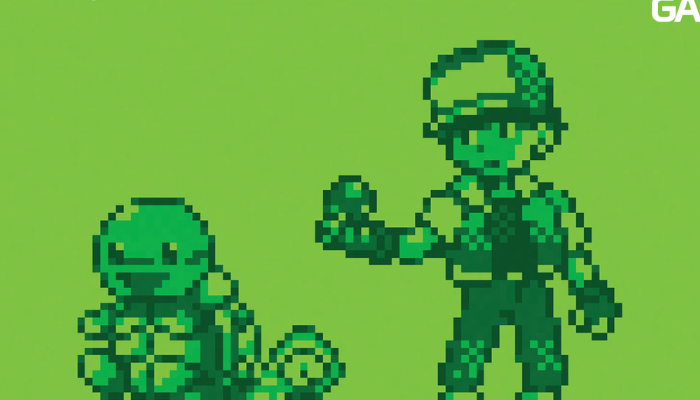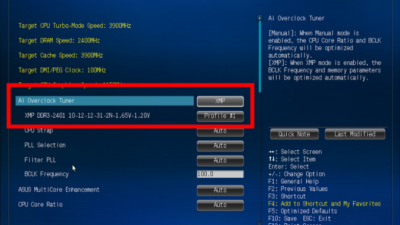Since its debut in 1996, Pokémon has become a global phenomenon, captivating millions of fans across different generations. The franchise, created by Satoshi Tajiri and Ken Sugimori, has evolved dramatically from its humble beginnings in the Pokémon Red and Blue versions to the expansive, multimedia universe it is today. This article delves into the evolution of Pokémon, tracing its journey from the original Game Boy games to its current status as a cultural and commercial juggernaut. Discover the art of tatsugiri on our website – explore unique designs and learn about the history and techniques behind this traditional Japanese craft.
The Genesis: Pokémon Red and Blue
The Pokémon franchise began with the release of Pokémon Red and Blue in Japan in 1996 (released as Red and Green in Japan, with Blue following later). These games introduced players to the Kanto region, where they embarked on a quest to become Pokémon Masters by capturing and training 151 different species of Pokémon. The games’ innovative mechanics, such as turn-based battles and the concept of evolving Pokémon, set a new standard for role-playing games (RPGs).
One of the key elements that made Pokémon Red and Blue stand out was the link cable feature, which allowed players to trade Pokémon with friends. This encouraged social interaction and cooperation, fostering a community around the games. The success of Red and Blue laid the foundation for the Pokémon franchise’s global expansion.
Expanding the Universe: New Generations
Following the success of the original games, Nintendo and Game Freak released subsequent generations, each introducing new regions, Pokémon species, and gameplay mechanics.
- Generation II (1999): Pokémon Gold and Silver expanded the Pokémon world to the Johto region and added 100 new Pokémon. These games introduced the concept of time-based events, breeding, and the day-night cycle, adding depth and realism to the gameplay.
- Generation III (2002): Pokémon Ruby and Sapphire brought players to the Hoenn region and introduced abilities and natures, adding another layer of strategy to battles. This generation also marked the transition to the Game Boy Advance, offering improved graphics and sound.
- Generation IV (2006): Pokémon Diamond and Pearl for the Nintendo DS featured the Sinnoh region and introduced online trading and battling, leveraging the DS’s Wi-Fi capabilities. The Global Trade System (GTS) revolutionized how players interacted globally.
- Generation V (2010): Pokémon Black and White introduced the Unova region and a complete overhaul of the battle system, including dynamic animations and a more complex storyline. This generation also saw the first direct sequels, Black 2 and White 2.
- Generation VI (2013): Pokémon X and Y transitioned the series to full 3D on the Nintendo 3DS and introduced the Kalos region. This generation brought Mega Evolutions and enhanced connectivity features through the Pokémon Global Link.
- Generation VII (2016): Pokémon Sun and Moon, set in the Alola region, introduced regional variants and Z-Moves. This generation focused on a more narrative-driven experience and significant changes to the traditional gym system.
- Generation VIII (2019): Pokémon Sword and Shield on the Nintendo Switch introduced the Galar region, the Wild Area, and Dynamaxing, along with the first-ever DLC expansions, The Isle of Armor and The Crown Tundra. These games brought an open-world experience and integrated online features more seamlessly than ever before.
Beyond the Main Series: Spin-offs and Multimedia Expansion
Pokémon’s evolution isn’t confined to its main series games. The franchise has branched out into various spin-off games, including Pokémon Go, Pokémon Snap, and Pokémon Mystery Dungeon, each offering unique gameplay experiences. Pokémon Go, in particular, brought Pokémon into the real world through augmented reality, achieving unprecedented global success and revitalizing interest in the franchise.
The Pokémon anime series, starting with Ash Ketchum’s journey in 1997, has also been a significant part of the franchise’s success. The series, along with movies, trading card games, merchandise, and a dedicated online presence, has kept the Pokémon brand vibrant and relevant.
Modern Day and Future Prospects
Today, Pokémon continues to thrive with new game releases, TV series, and merchandise. The announcement of Pokémon Legends: Arceus, which offers a new direction with open-world gameplay, and the upcoming Pokémon Scarlet and Violet, show the franchise’s commitment to innovation while staying true to its roots.
The Pokémon franchise’s ability to adapt and evolve while maintaining its core appeal is a testament to its enduring success. From the pixelated world of Red and Blue to the vast, immersive experiences of modern games, Pokémon remains a beloved and integral part of popular culture, capturing the hearts of fans old and new. As the franchise continues to grow, it promises to deliver new adventures, challenges, and, of course, more Pokémon to catch and train.

















Comments